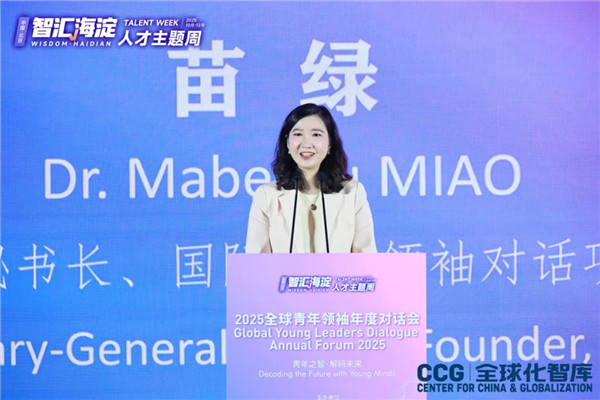Wang Huiyao: China-India cooperation can be global yardstick
October 23 , 2018By Wang Huiyao, President of CCG.
India, as one of the key emerging economies along the route of the Belt and Road initiative (BRI), is a partner that China cannot ignore as it seeks to diversify its international trade. China and India are the world’s two most populated countries, as well as two crucial Asian economies. The cooperation between them is expected to become a yardstick of South-South cooperation.
China and India are ancient civilizations and neighbors with a long history of friendship. Both countries are members of the BRICS (Brazil, Russia, India, China and South Africa), the Shanghai Cooperation Organization (SCO) and the Regional Comprehensive Economic Partnership (RCEP). They have a combined population of 2.7 billion, or over 35 percent of the world’s population, and their combined GDP accounts for about 20 percent of the world’s total.
There is plenty of scope for teamwork in fields such as trade, investment, infrastructure, the internet, culture and tourism.
Since 2014, the China-India economic and trade relationship has experienced rapid expansion, and it now drives the overall bilateral relationship. Trade totaled $84.4 billion in 2017, up 20.3 percent from 2016, and China is India’s largest trade partner. As of the end of 2017, China had invested $8 billion in the Indian market.
China and India have the need and potential to cooperate. The two countries are compatible in terms of their economic and industrial advantages.
India is a huge market for Chinese companies as they explore the broader South Asia market. India’s market is growing, making it a good target for Chinese companies’ overseas investment. China has strong capabilities in infrastructure, which is a weakness of India. India, for its part, specializes in software and internet service industries that can supplement China’s manufacturing industries.
China-India cooperation is also in line with each nation’s international strategy. The change in the international landscape has motivated developing countries to engage in multilateral cooperation and seek more say when it comes to protecting their own interests. China and India are both in favor of free trade. Down the road, they will need better coordination and more support from each other on issues such as the multilateral trade system and WTO reform.
Connections among Chinese and Indian companies, especially private-sector enterprises, have borne fruit and turned into the engine for bilateral cooperation.
The smartphone sector shows how China’s emerging industries are gaining a great presence in India. In the first quarter of this year, Chinese mobile phone brands expanded their Indian smartphone market share to 57 percent from 53 percent a year earlier, with four out of the five top brands being Chinese.
OPPO, a Chinese smartphone maker, has invested $300 million to build its second-largest manufacturing center in India. The center is expected to have about 30,000 local employees and act as the first step for the company to transfer its mobile phone production chain entirely to India.
Chinese companies also invest in and support India’s own emerging industries. For example, Alibaba Group has become a shareholder of Indian food and nightlife search website Zomato, while Tencent has backed messaging app Hike. Chinese drugmaker Fosun Group bought a stake in Gland Pharma last year.
These cases show that stake purchases and merger and acquisition deals have become new investment models beyond direct investment.
Bilateral economic and trade cooperation is also facing challenges. Political mutual trust needs to be strengthened between Beijing and New Delhi. The external environment easily exerts an influence on bilateral relations. Changes will have to be made to improve the business environment in India. Here are a few ways both countries can improve the quality of their cooperation.
First, both sides need to focus on maintaining a smooth relationship, speeding up negotiations on a bilateral investment treaty and free trade to lay the foundations for bilateral trade. Meetings of high-level officials this year have helped to enhance mutual trust. This creates a better external environment for companies in India and helps safeguard their rights. It also creates a peaceful international climate for China’s further opening up.
Second, the two countries should work together to provide a better business environment. Doing so will encourage Chinese companies, especially private companies and companies in emerging industries, to expand their investment in India and broaden the scope of their investment.
Third, China and India need to explore and enrich new cooperation models under the BRI. Investment by thriving private companies in new industries will drive up overall investment in the Indian market, creating cooperation models and putting market mechanisms to good use.

Dr. Wang Huiyao, founder and president of the Center for China and Globalization(CCG), an independent think tank based in Beijing.
Topical News See more






